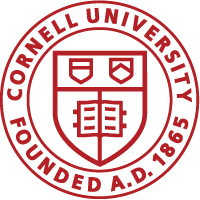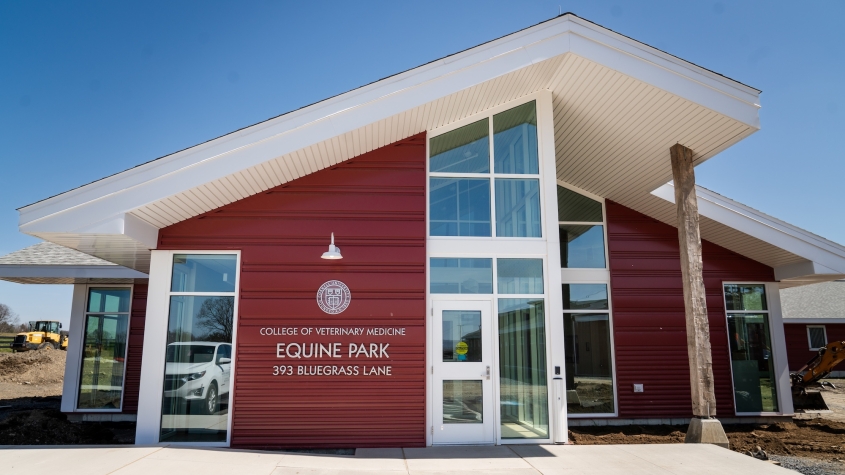The Cornell Equine Park is the "hidden gem" of the College of Veterinary Medicine with 165 acres of green pastures and multiple barns, all less than two miles from the College. The entire facility is a learning lab for DVM students and researchers, with the horses as the teachers.
The horses are really the teachers here, more so than the people. Everything that they do at the Park fulfills a teaching mission. They help train DVM students no matter which branch of veterinary medicine they decide to pursue.



